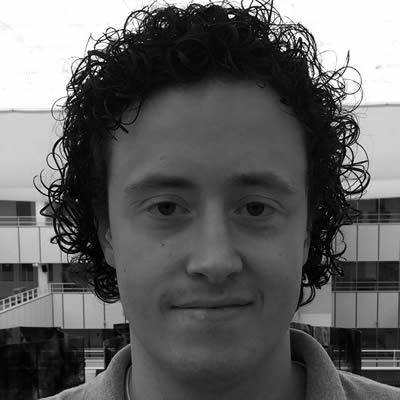Hypothermic machine perfusion is also beneficial for deceased donor kidneys when cold ischemic time is short and a short cold ischemic time is also beneficial when kidneys are machine perfused
J.J.H.F.M. Kox, C. Moers, D. Monbaliu, A. Strelniece, J. Treckmann, I. Jochmans, H.G.D. Leuvenink, L.W.E. van Heurn, J. Pirenne, A. Paul, R.J. Ploeg
Chair(s): dr. Marlies Reinders, LUMC & prof. dr. Robert J. Porte
Thursday 10 march 2016
16:10 - 16:20h
at Theaterzaal
Categories: Best abstracts
Parallel session: Plenaire sessie XV - Top 4 Best abstracts
Introduction:
Hypothermic machine perfusion (HMP) of deceased donor kidneys is associated with better outcome when compared to static cold storage (SCS). However, it is generally assumed that HMP will only improve post-transplant results for kidneys with a substantial degree of ischemic injury. Many transplant clinicians believe that renal grafts with a short cold ischemic time (CIT) will benefit little from HMP. Also, it is often presumed that kidneys are “safe” during HMP and the duration of cold ischemia is less relevant while renal grafts are on the machine. Aim of the current study was to investigate whether HMP also results in a lower incidence of delayed graft function (DGF) compared to SCS for kidneys that are transplanted with a maximum of 10 hours of cold ischemia and to test whether CIT remains an independent risk factor for DGF when kidneys are machine perfused.
Methods:
We analysed data that has been prospectively collected in the Machine Preservation Trial. In this international RCT, HMP was compared to SCS of deceased donor kidneys. A total of 376 consecutive kidney donors were included, of whom one kidney was machine perfused and the contralateral organ was preserved by SCS. A post hoc multivariable data analysis was performed to investigate the effect of HMP versus SCS on renal grafts with a short (up to 10 hrs) CIT and to quantify the influence that CIT has on the risk of DGF when kidneys are machine perfused.
Results:
Of these 752 transplanted kidneys the mean CIT was 15 hrs and 5 min (SD 4 hrs 58 min). DGF incidence was 27.9% in the whole cohort. DGF incidence in the sub group with up to 10 hrs CIT was 6.0% (N=3/50) in the HMP arm and 28.1% (N=18/64) in the CS arm (univariable P=0.002, multivariable OR 0.02, P=0.007). Three year graft survival in the < 10 hrs CIT group did not differ significantly between study arms (88.0% for HMP and 81.2% for SCS, P=0.308). CIT remained an independent risk factor for DGF for all machine perfused kidneys recovered from DBD donors (OR =1.07, P=0.008), DCD donors (OR = 1.13, P=0.006) and ECD donors (OR = 1.14, P=0.001).
Conclusion:
HMP results in lower rates of DGF than SCS in kidney transplantation. The current analysis shows that, contrary to popular belief, this is also true for renal grafts that are transplanted after a short CIT. In addition, our data suggests that CIT remains a relevant and independent risk factor for DGF in HMP-preserved kidneys.

